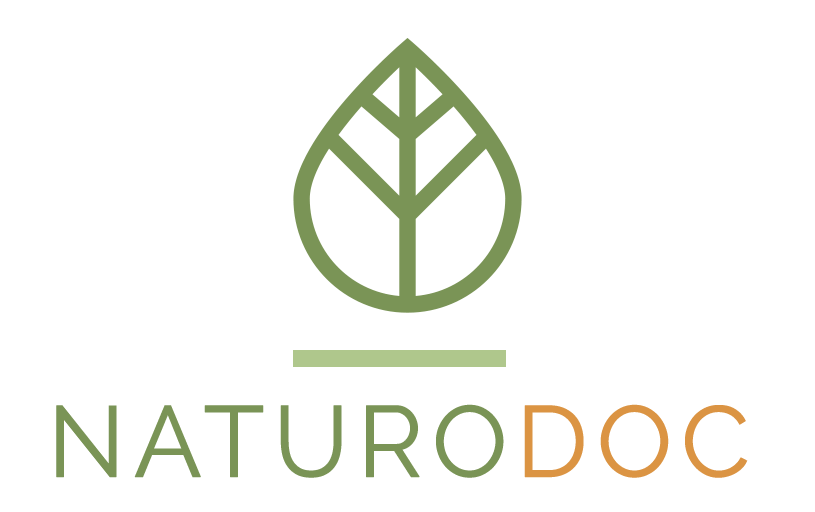EDTA: Antimicrobial Wound Care
EDTA: An Antimicrobial and Antibiofilm Agent for Use in Wound Care
Annotation by Thomas S. Lee, NMD , NaturoDoc Inc.
Source: https://pubmed.ncbi.nlm.nih.gov/26155384/
Review: Adv Wound Care (New Rochelle). 2015 Jul 1;4(7):415-421. doi: 10.1089/wound.2014.0577.
“The aim of this article is to critically review EDTA, in particular tetrasodium EDTA (tEDTA), as a potential antimicrobial and antibiofilm agent, in its own right, for use in skin and wound care. EDTA's synergism with other antimicrobials and surfactants will also be discussed.”
NaturoDoc annotation:
“This article brings us more recent scientific understanding of how useful EDTA is in modern health care and medical industries. The emphasis here is on wound management and breaking biofilms. Few among the public know how many health challenges we face involving healthy or toxic biofilms, what they are and what they require as treatment.
*We have found brushing with EDTA will help remove tartar deposits on teeth, Tartar or dental plaque is a biofilm protecting dangerous pathogens which are able to enter the body through chronic gingivitis.
*Another useful application is helping to break fungal infections on the skin and nails. This purpose is very important especially for seniors as chronic fungal infections anywhere on the body can diminish the immune system by gaining entry into the circulatory system for spores and hyphae. Please look up and read this article and its references if these applications are of interest.”
Abstract
Significance: Methods employed for preventing and eliminating biofilms are limited in their efficacy on mature biofilms. Despite this a number of antibiofilm formulations and technologies incorporating ethylenediaminetetraacetic acid (EDTA) have demonstrated efficacy on in vitro biofilms. The aim of this article is to critically review EDTA, in particular tetrasodium EDTA (tEDTA), as a potential antimicrobial and antibiofilm agent, in its own right, for use in skin and wound care. EDTA's synergism with other antimicrobials and surfactants will also be discussed.
Recent Advances: The use of EDTA as a potentiating and sensitizing agent is not a new concept. However, currently the application of EDTA, specifically tEDTA as a stand-alone antimicrobial and antibiofilm agent, and its synergistic combination with other antimicrobials to make a "multi-pronged" approach to biofilm control is being explored.
Critical Issues: As pathogenic biofilms in the wound increase infection risk, tEDTA could be considered as a potential "stand-alone" antimicrobial/antibiofilm agent or in combination with other antimicrobials, for use in both the prevention and treatment of biofilms found within abiotic (the wound dressing) and biotic (wound bed) environments. The ability of EDTA to chelate and potentiate the cell walls of bacteria and destabilize biofilms by sequestering calcium, magnesium, zinc, and iron makes it a suitable agent for use in the management of biofilms.
Future Direction: tEDTA's excellent inherent antimicrobial and antibiofilm activity and proven synergistic and permeating ability results in a very beneficial agent, which could be used for the development of future antibiofilm technologies.
Extensive detailed article on EDTA use in medicine and industry follows this…
Summary
EDTA, in particular tEDTA, clearly has both antimicrobial and antibiofilm properties, 43,44. Furthermore, when combined with different antimicrobials its synergistic ability for enhancing the antimicrobial efficacy is also evident. As nonhealing wounds are a direct result of the presence, persistence, and growth of pathogenic biofilms EDTA could be very useful not only for the removal of biofilms, when used by itself, but also when used alongside appropriate antimicrobials and surfactants. tEDTA's excellent proven safety and antimicrobial/anti-biofilm ability makes it an ideal candidate for use in the development of future antibiofilm technologies:
Take-Home Messages:
EDTA, in particular tEDTA, has been shown to have antimicrobial and antibiofilm abilities.
EDTA is a very good potentiating and synergistic agent when used in conjunction with antimicrobials.
The form in which sodium-based EDTA takes in solution is pH dependent.
Gram-negative bacterial cell walls in particular are disrupted with EDTA.
The affinity of EDTA toward metal ions (in particular divalent ions) is high leading to the breakdown of a biofilm.
The EPS, which makes up approximately 80% of the biofilm structure, is disrupted by EDTA.
To return to this extensive educational article with write ups on the author bios and reference articles, please visit: https://pubmed.ncbi.nlm.nih.gov/26155384
